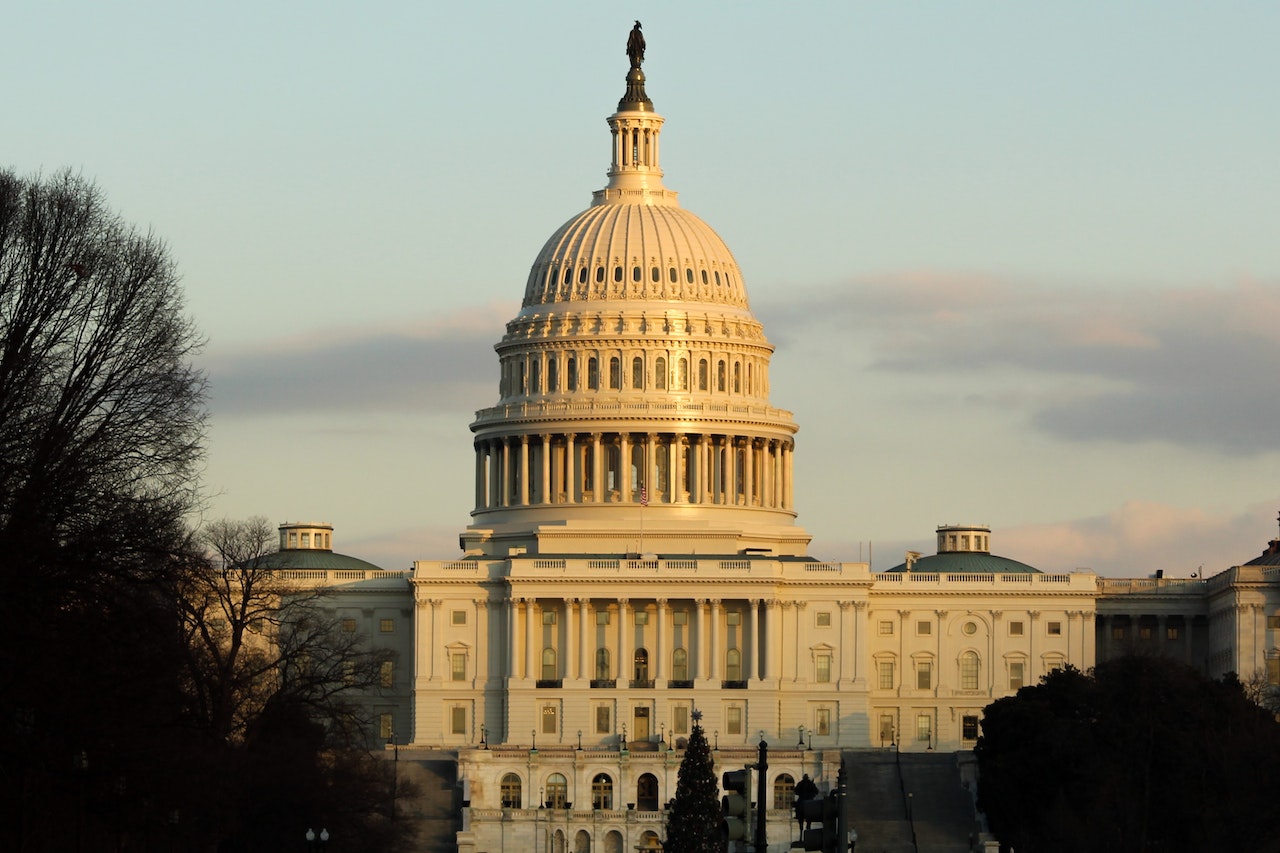In a potential shift of monetary policy, the Federal Reserve (Fed) is reportedly reevaluating its stance on future interest rate hikes due to the recent surge in Treasury bond yields and residential mortgage rates. Following a widely anticipated upward adjustment of a quarter percentage point during its July session, which brought the benchmark rate to a range of 5.25%-5.5%, the Fed concluded a 16-month crusade against mounting inflationary pressures. However, subsequent market developments have prompted speculation that the central bank might be reconsidering its trajectory.
Of particular concern is the swift escalation of the 10-year U.S. Treasury bond yield, which vaulted from 3.86% to 4.32% following the Fed’s July deliberations. This surge has been mirrored in the residential sector, where 30-year home mortgage rates scaled unprecedented heights, cresting at 7.09% – a level unseen in over two decades. Concurrently, stock exchanges experienced a noticeable slump, with the S&P 500 shedding 2.6% of its value since the conclusion of the Fed’s meeting.
Market analysts and investors alike are hedging their bets on the prospect of no further interest rate hikes, a sentiment reflected in a recent Reuters poll of 110 economists. This collective sentiment is bolstered by the widely held belief that the risk of a U.S. recession is minimal. The Fed, being acutely attuned to various asset valuations as indicators of economic well-being, faces a conundrum. A rapid uptick in bond yields could be construed as a contraction of financial conditions, compelling the central bank to exercise caution in advancing additional rate hikes.
The prevailing uncertainty has thrust the central bank into a delicate balancing act. While robust economic expansion and persistent inflation readings surpassing the Fed’s 2% target underscore the need for prudence, policy makers are grappling with divergent opinions on the optimal course of action. Sources within the Federal Reserve have been closely scrutinizing how financial markets adjust to their prior rate adjustments, closely monitoring indicators like home prices, equity performance, and corporate bond values.
Anticipations persist that the pace of economic growth will taper, ushering inflation back to desired levels. However, should the elevation in bond yields endure, it could signify an organic tightening of credit and a corresponding economic slowdown – an outcome that could align with policy makers’ broader goals. This emerging dynamic may provide a resolution to their quandary, although only time and empirical evidence will furnish conclusive answers.
In the interim, the Federal Reserve will remain vigilant, vigilantly tracking developments across an array of asset classes. The long-term implications of elevated bond yields will be subject to meticulous analysis, with broader implications for future policy decisions. Indeed, the mounting Treasury bond yields and escalating home mortgage rates loom as decisive variables that could sway the Federal Reserve’s deliberations concerning additional interest rate hikes. The retreat of stock markets in response to these developments is suggestive of a market sentiment that the Federal Reserve is recalibrating its initial stance on interest rate increases.
Should these emerging trends hold steady and forecasted data points align, the Federal Reserve might realize its policy objectives without resorting to further rate hikes. As the monetary authority navigates these complex waters, the potency of the bond market’s impact on borrowing costs and the broader economy could crystallize as an effective tool in the central bank’s toolkit. The ultimate outcome, however, hinges upon the interplay of future events, economic indicators, and data-driven insights. For now, the Federal Reserve remains vigilant, committed to steering the nation’s monetary course with precision and prudence.
Source: Reuters



